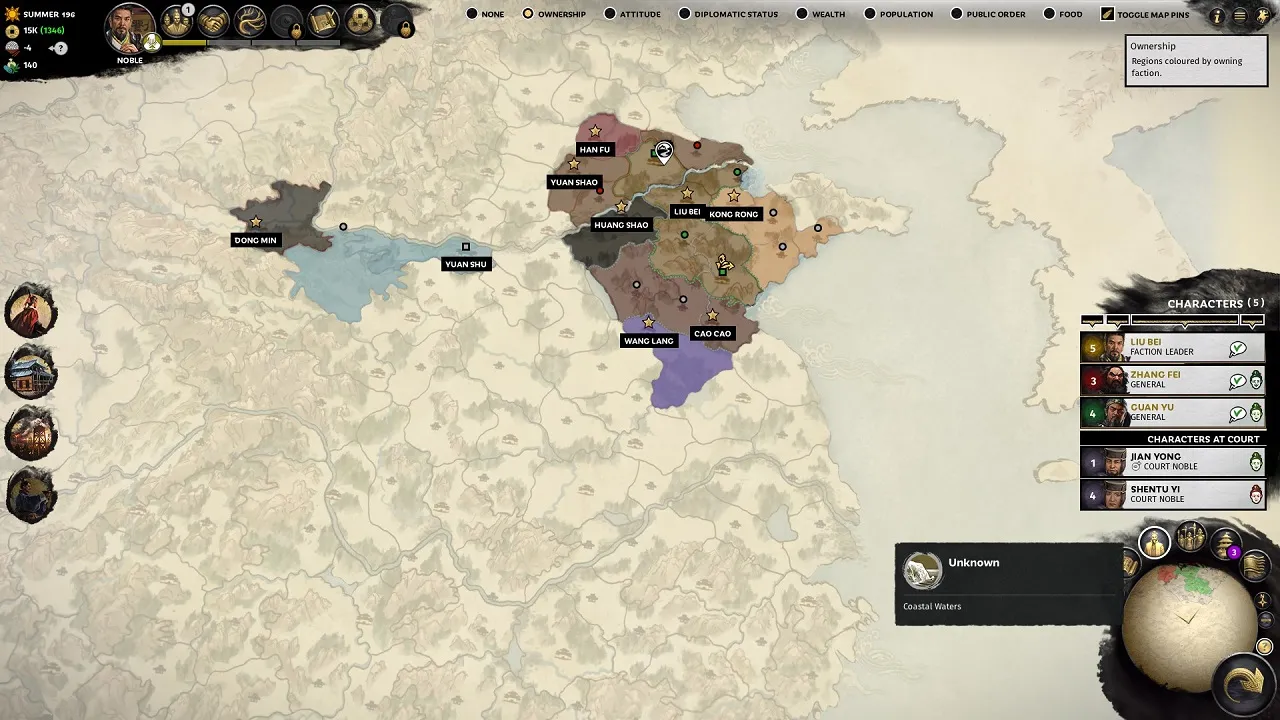
Total War: Three Kingdoms: A Deep Dive into the Romance of the Three Kingdoms
The Three Kingdoms period has long captivated fans of the Total War series. Since the release of Rome: Total War in 2004, dedicated modders have poured countless hours into recreating this era within the game. This passion persisted through subsequent Total War titles, with communities crafting detailed maps, characters, and units, essentially building their own Three Kingdoms games. Thousands of requests flooded Creative Assembly, urging them to develop an official title based on this rich setting.
For years, Creative Assembly focused on established settings like Shogun 2 and Rome 2, along with the sprawling Warhammer universe. However, in 2018, they finally answered the call with the announcement of Total War: Three Kingdoms. The gaming community followed its development with bated breath, analyzing trailers, gameplay demos, and beta versions. Upon release, the game took the world by storm, selling over one million copies in its first week, a record for the Total War franchise. But does the game live up to the hype? Let’s delve into the world of Total War: Three Kingdoms.
A Familiar Yet Novel Total War Experience
With a 20-year legacy, the Total War series has consistently evolved, refining gameplay mechanics, graphics engines, and adding new features to keep the franchise fresh. Total War: Three Kingdoms represents the culmination of this evolution, blending familiar elements with innovative additions perfectly suited for its 4X and squad-based tactical gameplay.
 Total War: Three Kingdoms – GameplayThe core gameplay loop remains: build and balance your economy, research technologies, raise armies, and conquer territories. Veteran players will quickly acclimate to the redesigned interface, tailored to the Three Kingdoms setting. However, venturing deeper into the campaign reveals significant differences that challenge established strategies.
Total War: Three Kingdoms – GameplayThe core gameplay loop remains: build and balance your economy, research technologies, raise armies, and conquer territories. Veteran players will quickly acclimate to the redesigned interface, tailored to the Three Kingdoms setting. However, venturing deeper into the campaign reveals significant differences that challenge established strategies.
One key change is the separation of economic structures like farms, mines, and trading posts from settlements. This creates a complex web of locations to control and manage, adding a new layer of depth to territorial control. These locations have populations, allowing for local recruitment, garrisoning, tax collection, and administration, making even small regions demanding to govern. Managing a single commandery with its associated resources becomes a complex undertaking, comparable to running a mid-sized empire in previous titles like Total War: Rome 2.
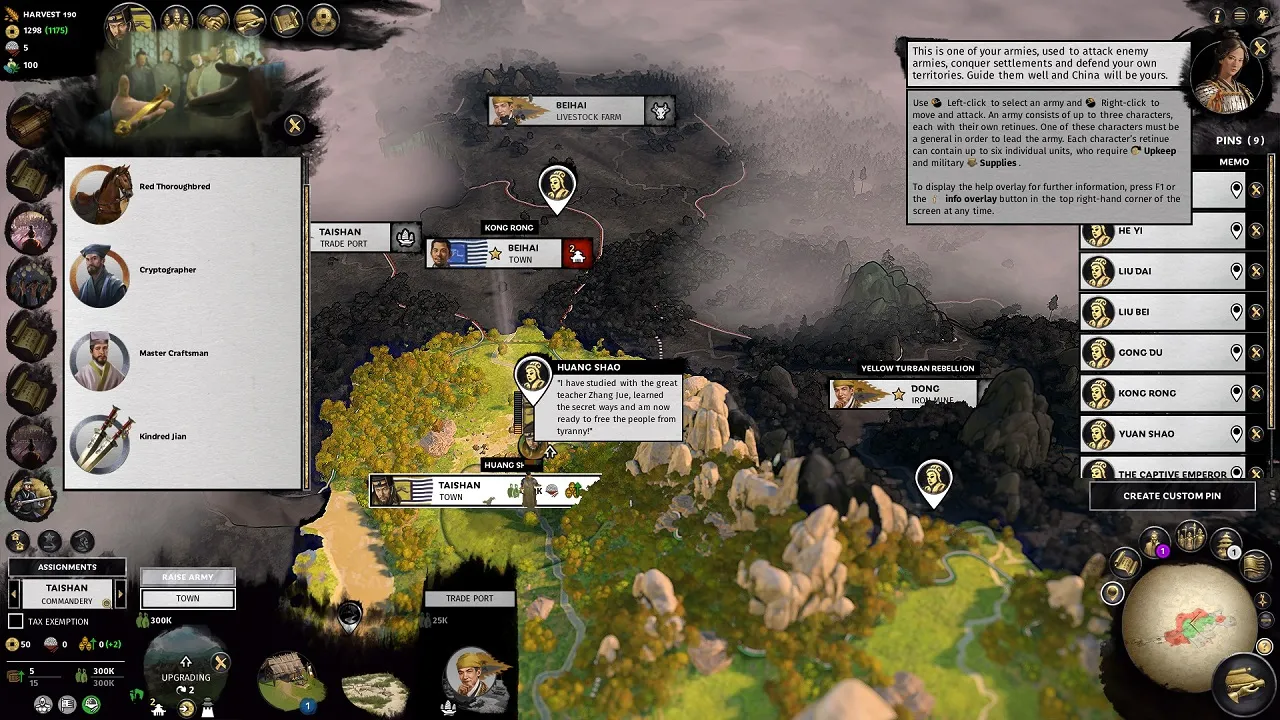 Total War: Three Kingdoms – Resource ManagementLosing control of these resources can cripple your economy. Without access to production facilities, food shortages, resource deficits, and recruitment limitations can arise, leading to unrest and potentially sparking Yellow Turban rebellions. This necessitates strategic deployment of your armies, balancing defense, security, and upkeep costs.
Total War: Three Kingdoms – Resource ManagementLosing control of these resources can cripple your economy. Without access to production facilities, food shortages, resource deficits, and recruitment limitations can arise, leading to unrest and potentially sparking Yellow Turban rebellions. This necessitates strategic deployment of your armies, balancing defense, security, and upkeep costs.
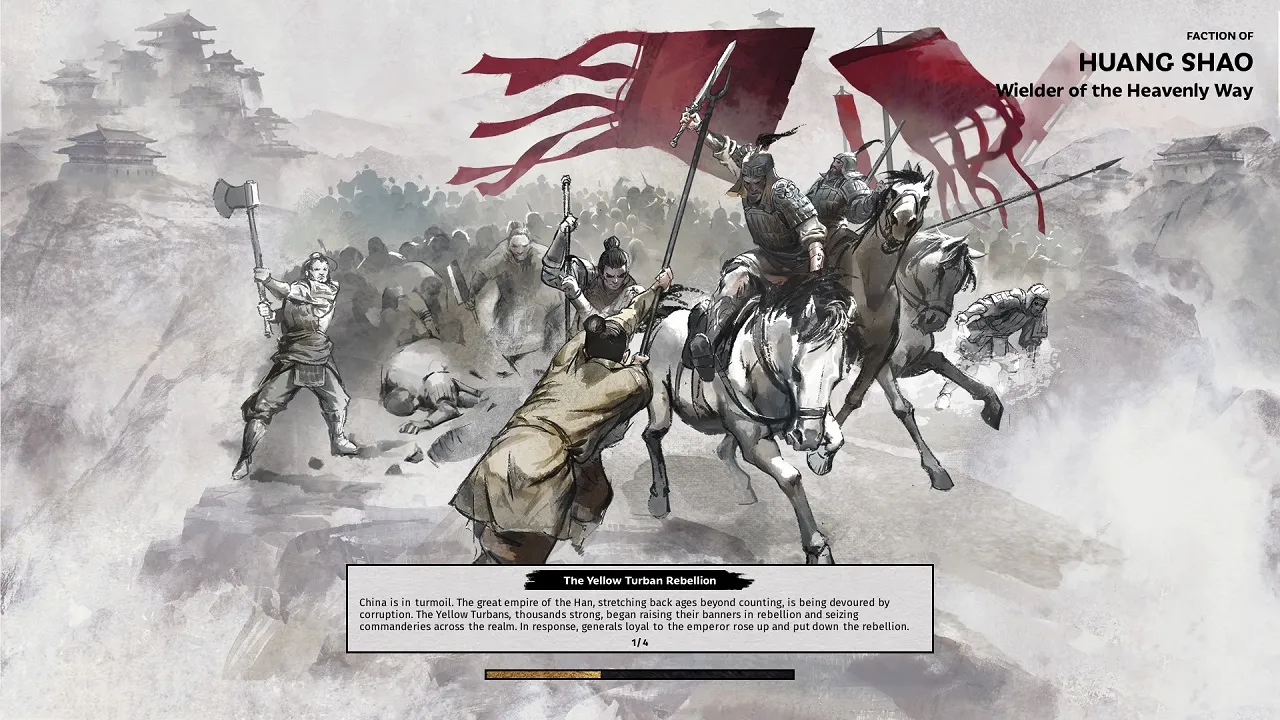 Total War: Three Kingdoms – Economic ImpactDrawing inspiration from the historical text Records of the Three Kingdoms and the epic Romance of the Three Kingdoms, the game features a deep character system. Characters have political leanings, interpersonal relationships, unique skill trees, weapons, accessories, and retinues, significantly impacting gameplay.
Total War: Three Kingdoms – Economic ImpactDrawing inspiration from the historical text Records of the Three Kingdoms and the epic Romance of the Three Kingdoms, the game features a deep character system. Characters have political leanings, interpersonal relationships, unique skill trees, weapons, accessories, and retinues, significantly impacting gameplay.
In the Records mode, iconic characters like Guan Yu, wielding his Green Dragon Crescent Blade and riding Red Hare, can single-handedly decimate heavy cavalry units. The Romance mode amplifies this further, transforming heroes into near-mythical figures capable of turning the tide of battle. Zhao Yun’s charge through Changban or Zhang Fei’s earth-shattering roar become game-changing moments. This Romance mode significantly enhances replayability, offering a drastically different experience.
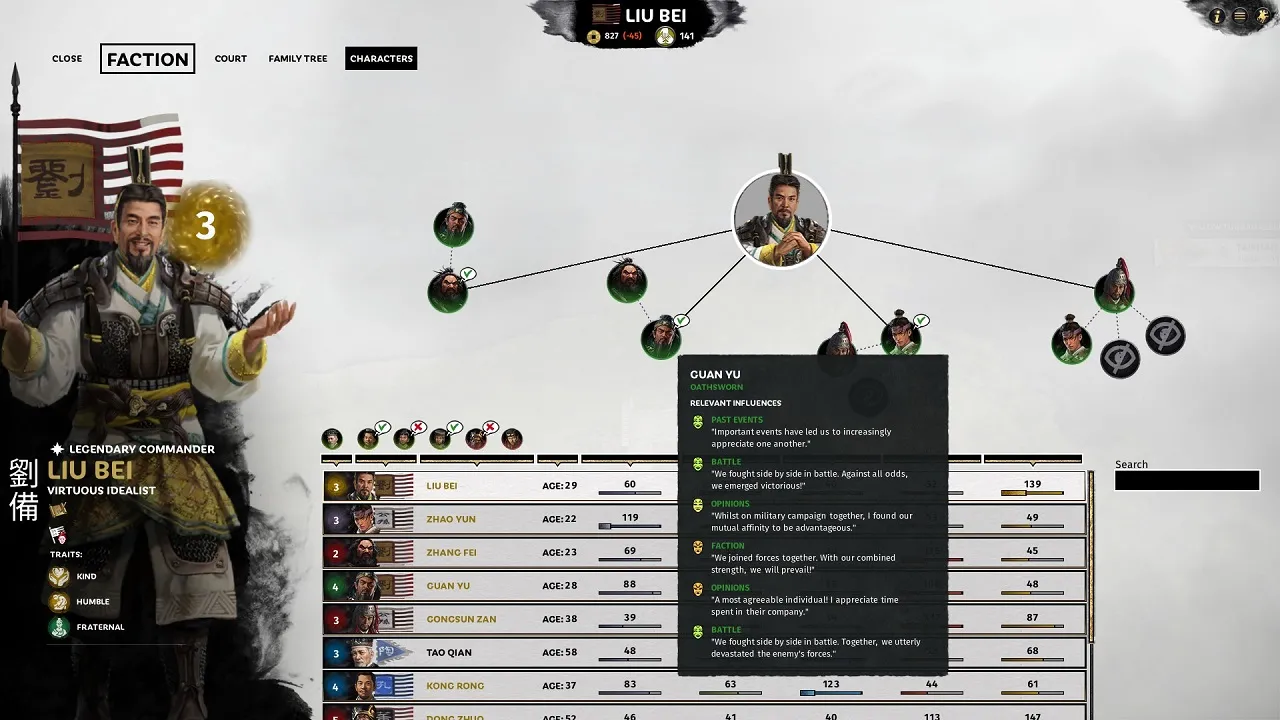 Total War: Three Kingdoms – Romance Mode Impact
Total War: Three Kingdoms – Romance Mode Impact Total War: Three Kingdoms – Character Detail
Total War: Three Kingdoms – Character Detail
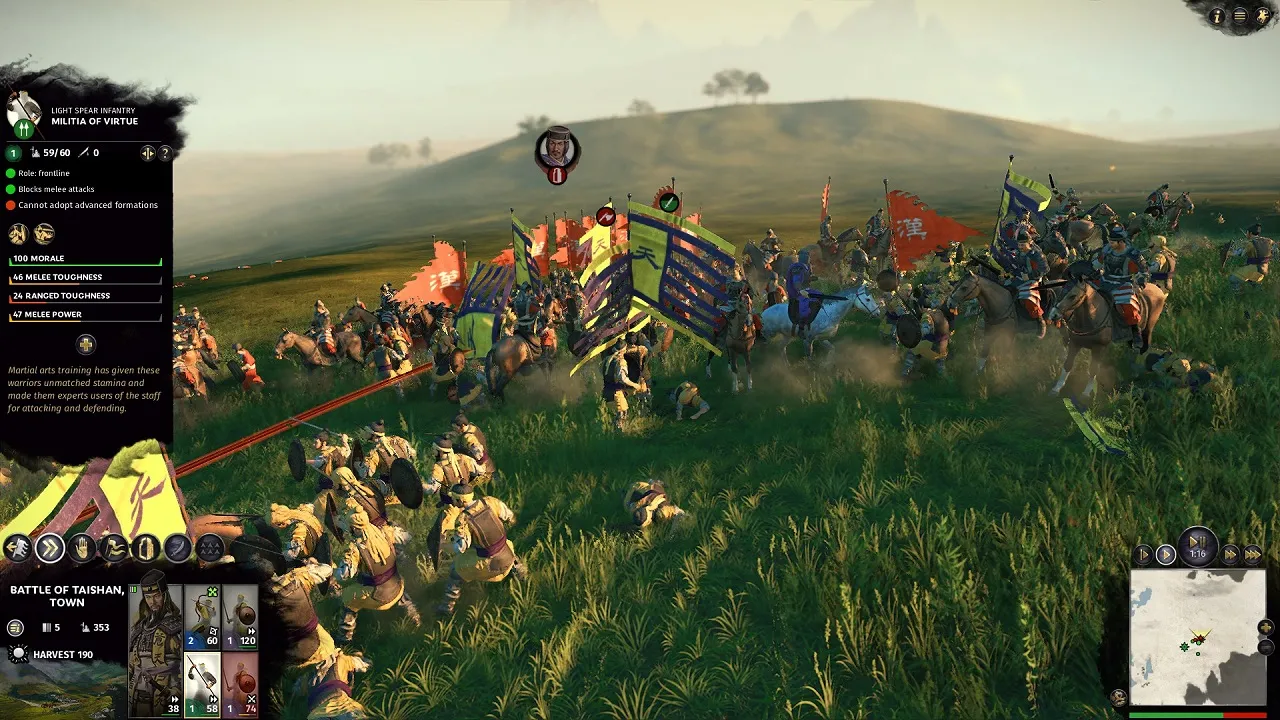 Total War: Three Kingdoms – Battle Scene
Total War: Three Kingdoms – Battle Scene
A Visual and Auditory Feast
Creative Assembly has once again pushed the graphical boundaries with a visually stunning engine. Character models, buildings, and environments are meticulously crafted, reflecting historical details. Motion capture technology, introduced in Shogun 2, has been further refined, resulting in fluid and realistic animations. The combat animations are particularly impressive, showcasing a wide range of martial arts moves and weapon techniques.
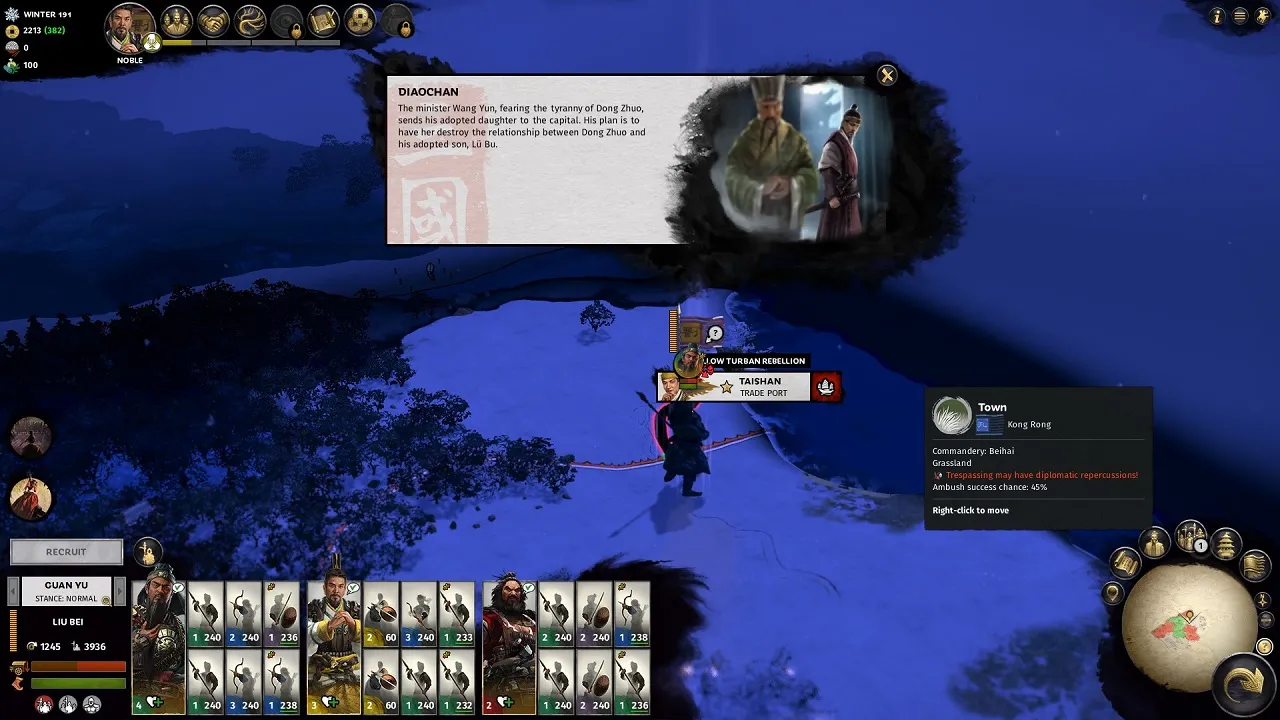 The game offers two distinct visual styles: Records and Romance. Records emphasizes realism with a gritty, dust-filled aesthetic, while Romance opts for a brighter, more vibrant palette. This allows players to choose the aesthetic that best suits their preferences.
The game offers two distinct visual styles: Records and Romance. Records emphasizes realism with a gritty, dust-filled aesthetic, while Romance opts for a brighter, more vibrant palette. This allows players to choose the aesthetic that best suits their preferences.
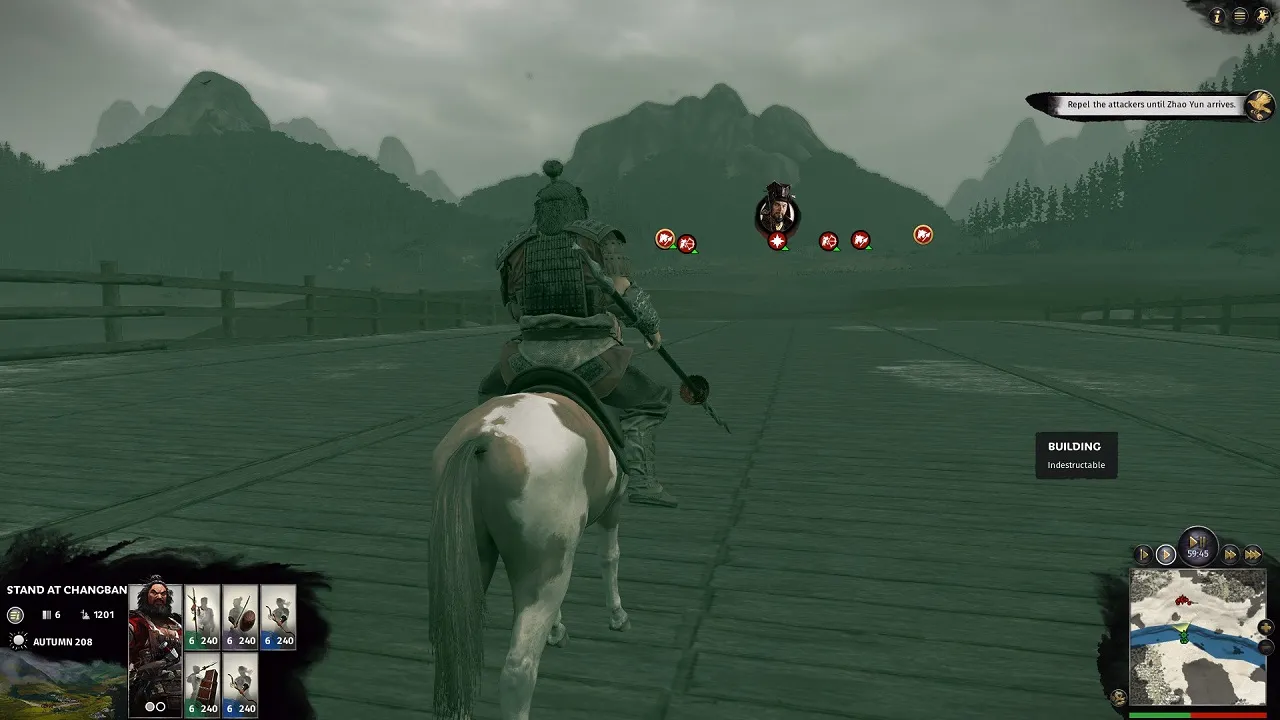
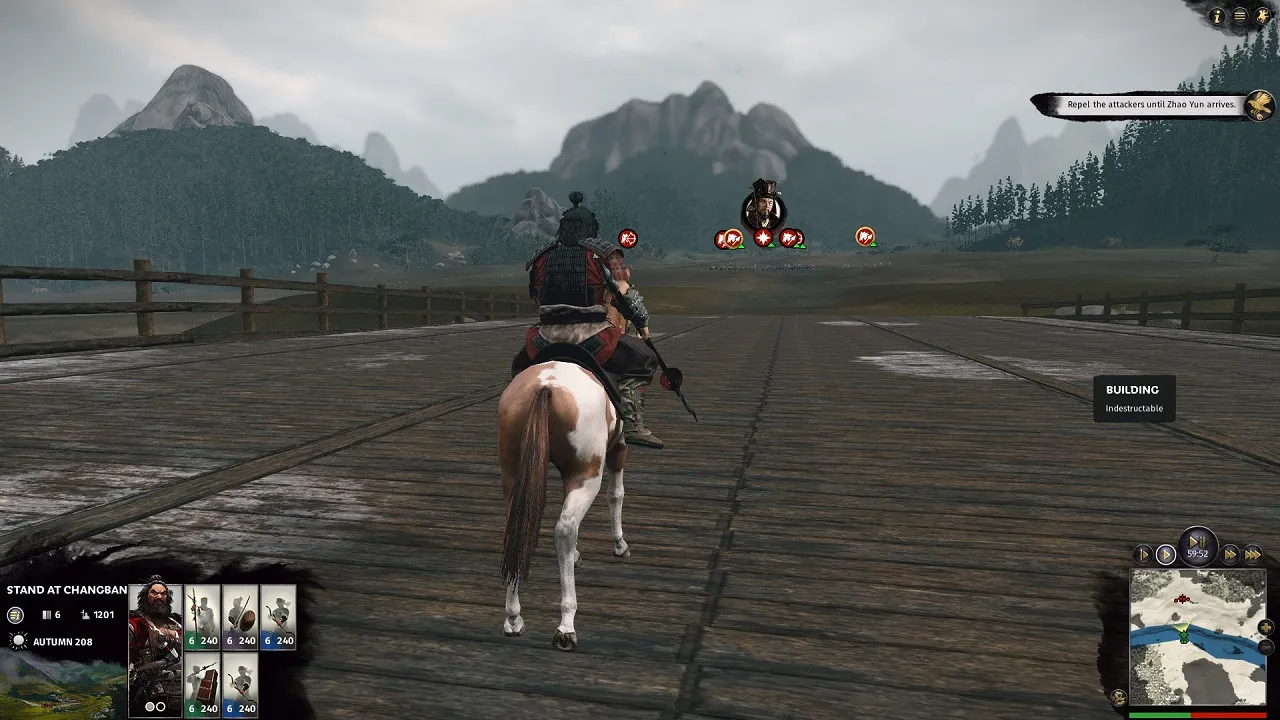
The audio design is equally impressive, with high-fidelity sound effects and a talented voice cast bringing the game to life. The soundtrack, composed by Armin Haas, incorporates ancient Chinese poems to capture the essence of the Three Kingdoms era. Cao Cao’s faction theme, for example, features the poem “Hao Li Han,” while Sun Jian’s theme includes “Lin Jiang Xian.”
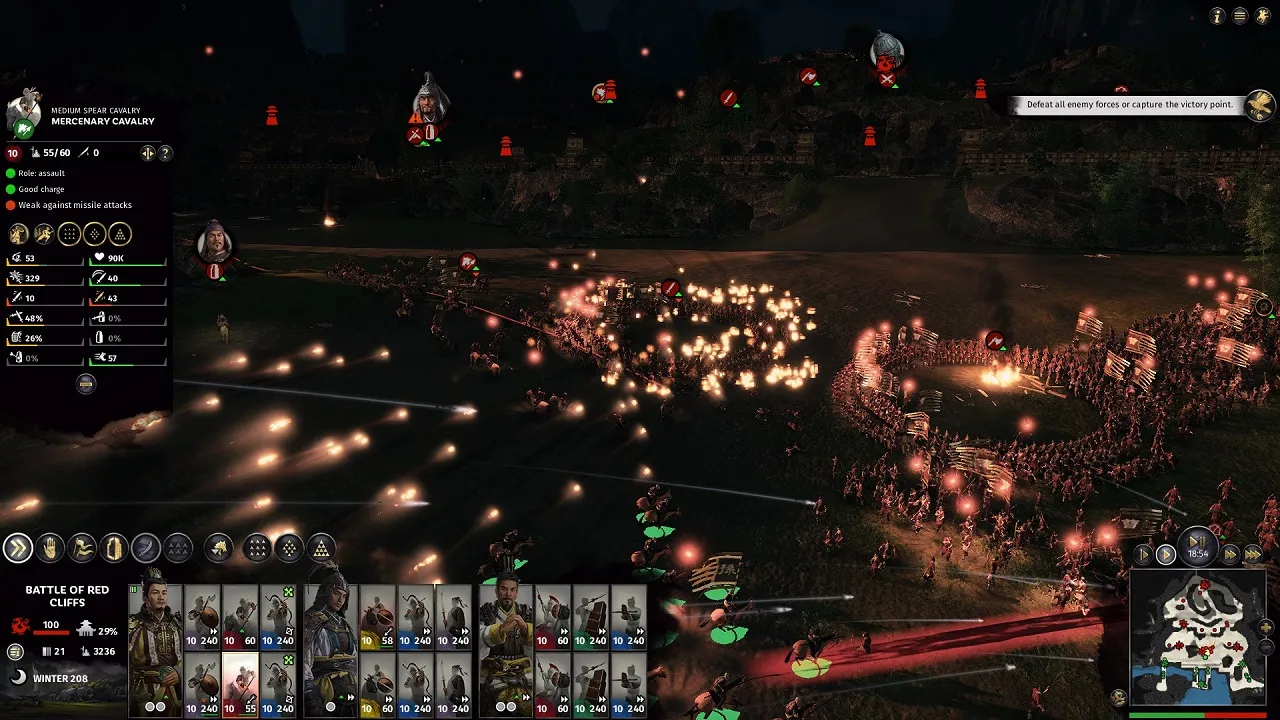 Total War: Three Kingdoms – Sound Design
Total War: Three Kingdoms – Sound Design
Room for Improvement
While Total War: Three Kingdoms delivers a compelling experience, some areas could benefit from further development. The main campaign focuses on a relatively short period, from Dong Zhuo’s burning of Luoyang in 190 AD to the Battle of Red Cliffs in 208 AD. Events like the Yellow Turban Rebellion are touched upon but lack depth. Similarly, the post-Red Cliffs period feels underdeveloped, with players largely shaping their own narratives.
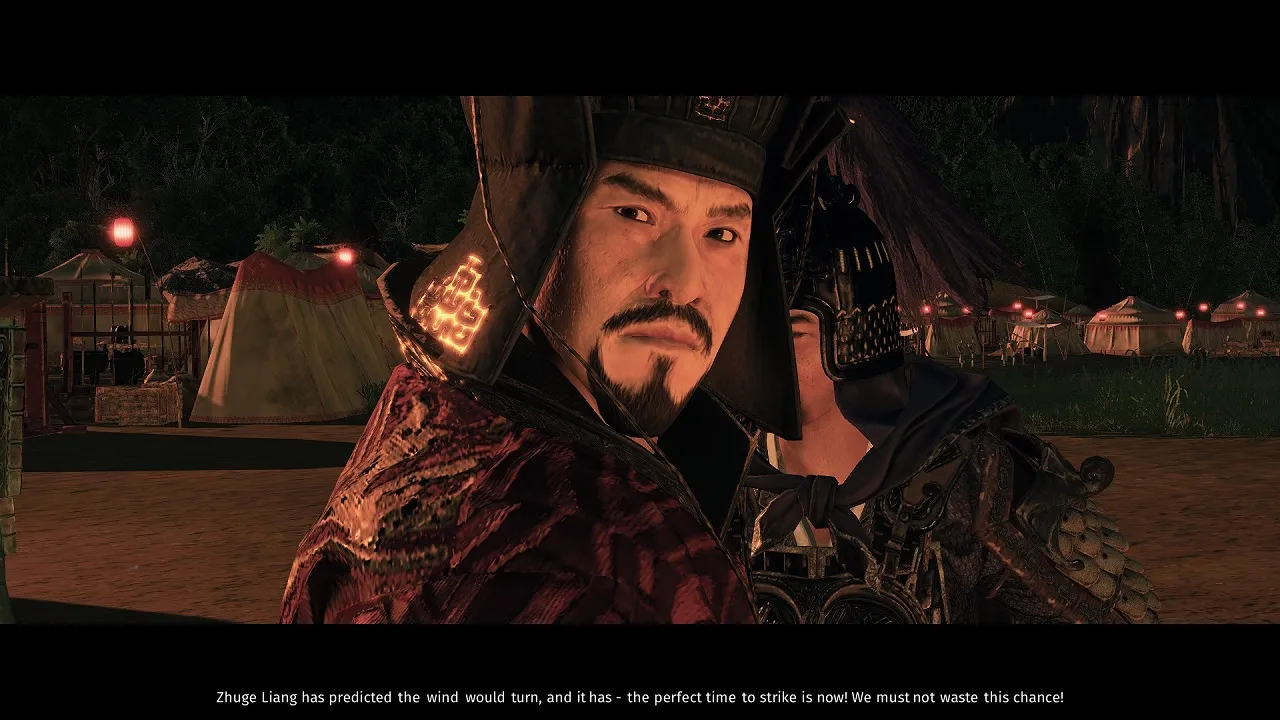 Total War: Three Kingdoms – Historical BattlesIconic battles like the Battle of Changban and the Battle of Red Cliffs are present, but other significant conflicts, such as the Battle of Hulao Pass, the Battle of Guandu, and the Battle of Xiaoting, are notably absent. Hopefully, these will be addressed in future DLC.
Total War: Three Kingdoms – Historical BattlesIconic battles like the Battle of Changban and the Battle of Red Cliffs are present, but other significant conflicts, such as the Battle of Hulao Pass, the Battle of Guandu, and the Battle of Xiaoting, are notably absent. Hopefully, these will be addressed in future DLC.
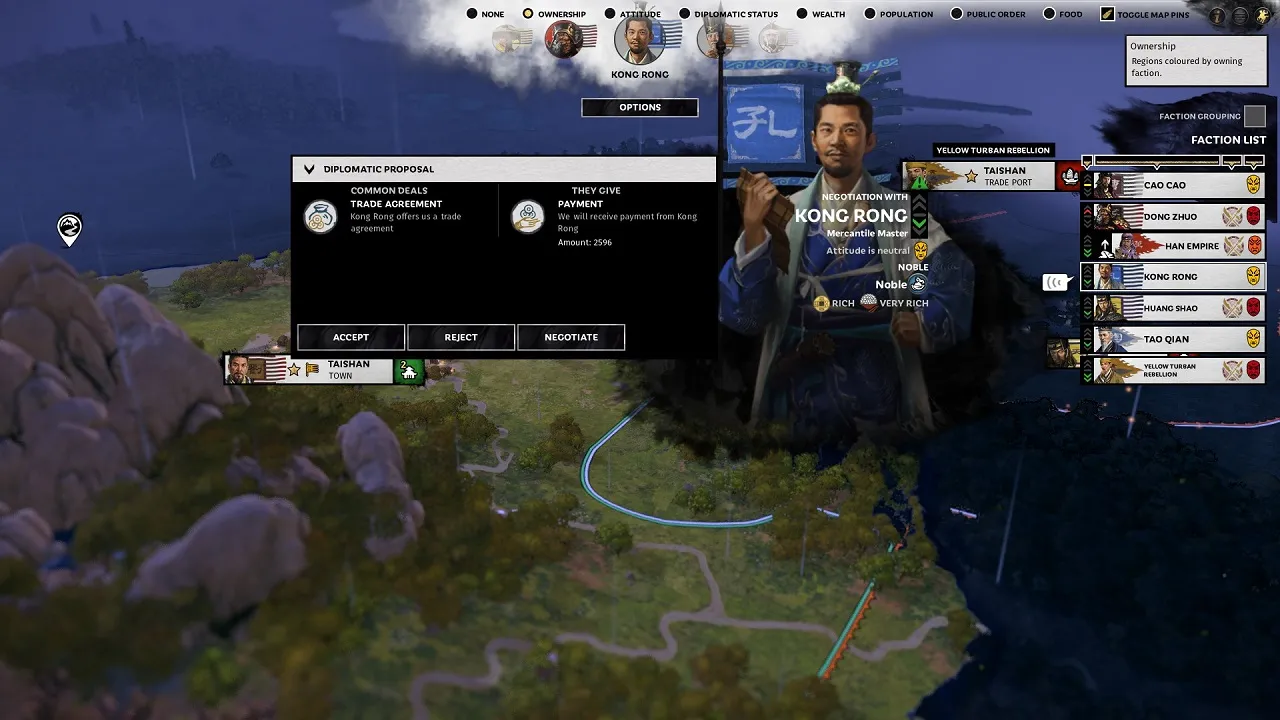 Total War: Three Kingdoms – Areas for ImprovementThe “Intrigue and Diplomacy” system, while anticipated, feels somewhat limited. Most schemes are resolved through scripted events, with player agency primarily confined to persuading characters and exploiting existing conflicts. Games like Koei Tecmo’s Romance of the Three Kingdoms series offer more freedom in this regard, allowing players to utilize a wider range of political and tactical machinations.
Total War: Three Kingdoms – Areas for ImprovementThe “Intrigue and Diplomacy” system, while anticipated, feels somewhat limited. Most schemes are resolved through scripted events, with player agency primarily confined to persuading characters and exploiting existing conflicts. Games like Koei Tecmo’s Romance of the Three Kingdoms series offer more freedom in this regard, allowing players to utilize a wider range of political and tactical machinations.
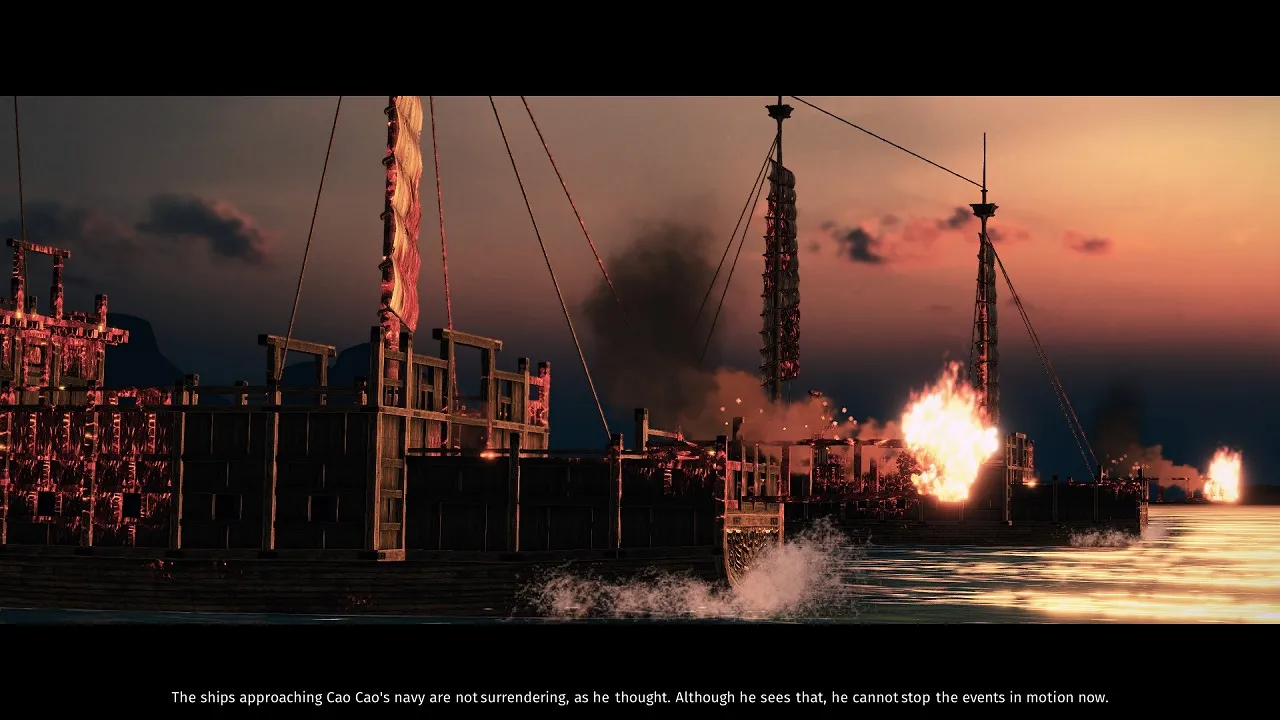 Total War: Three Kingdoms – Intrigue and Diplomacy
Total War: Three Kingdoms – Intrigue and Diplomacy
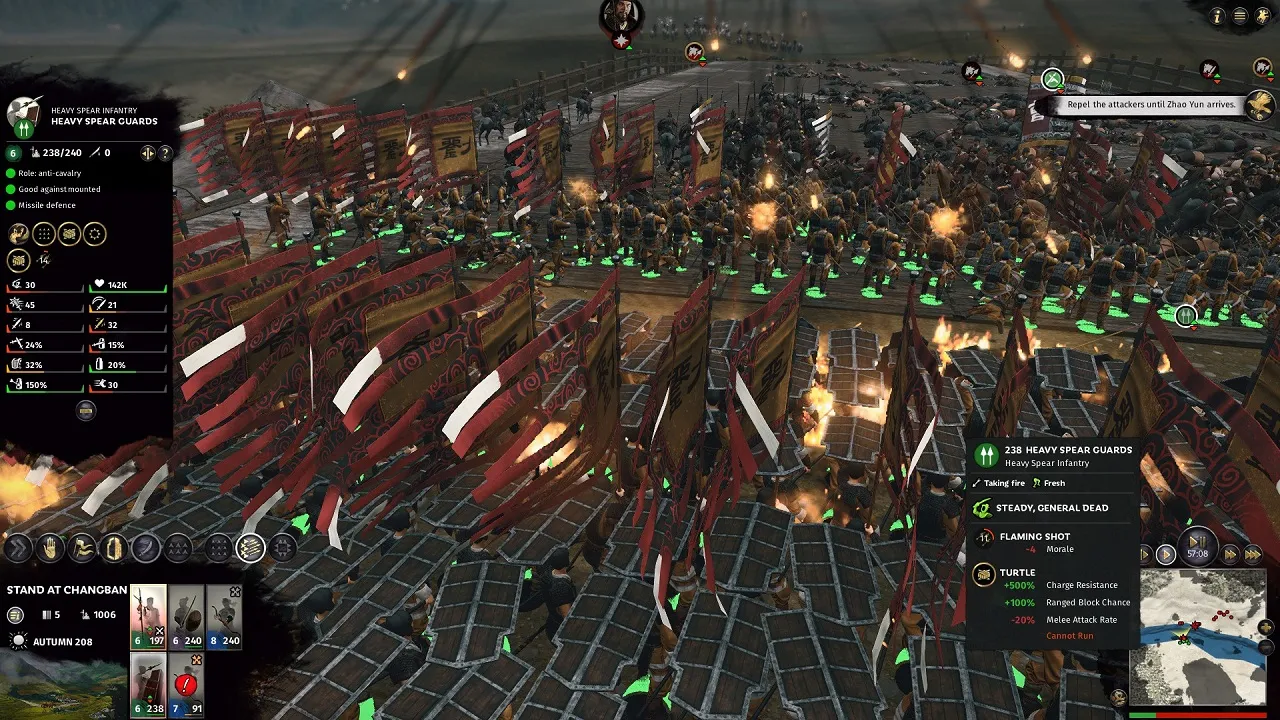 Total War: Three Kingdoms – Campaign Map
Total War: Three Kingdoms – Campaign Map
Despite these shortcomings, Total War: Three Kingdoms remains a remarkable achievement. It delivers a visually and aurally stunning experience, combined with refined gameplay that captures the essence of the Three Kingdoms era. It’s a must-play for fans of the series and anyone interested in this fascinating period of Chinese history.
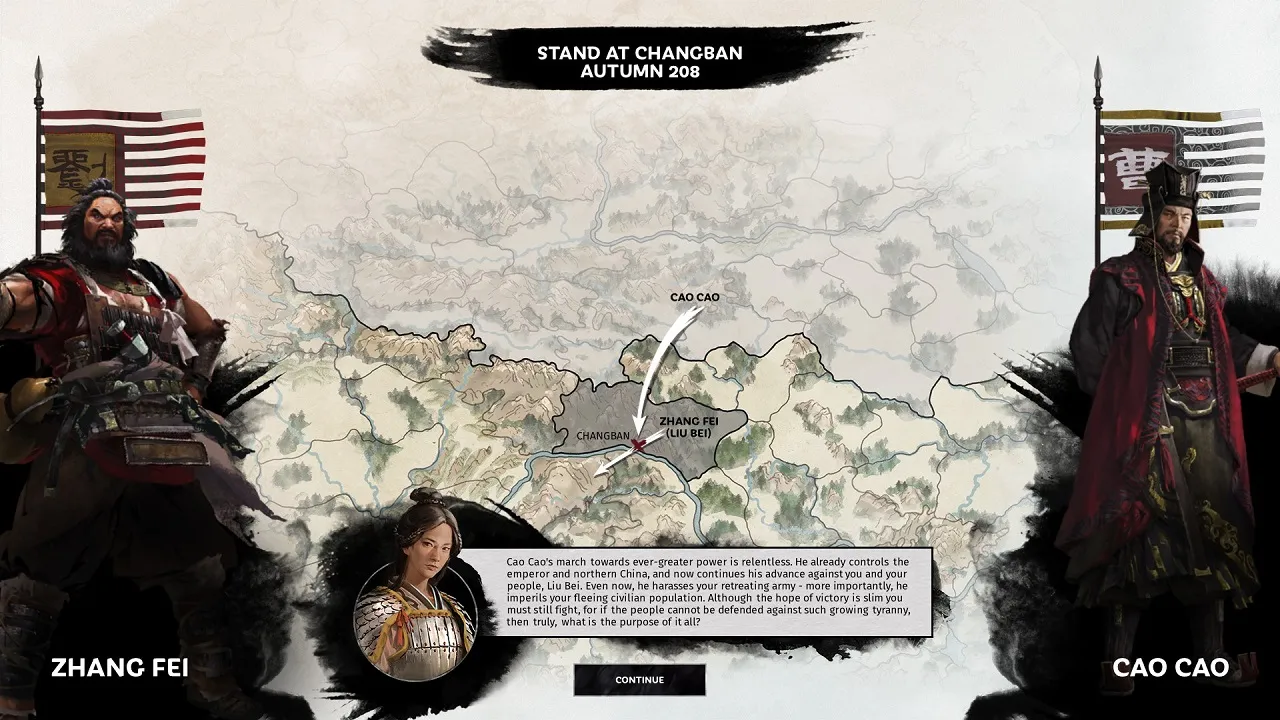 Total War: Three Kingdoms – Diplomacy
Total War: Three Kingdoms – Diplomacy
(Original article’s system requirements and game information omitted as per instructions.)
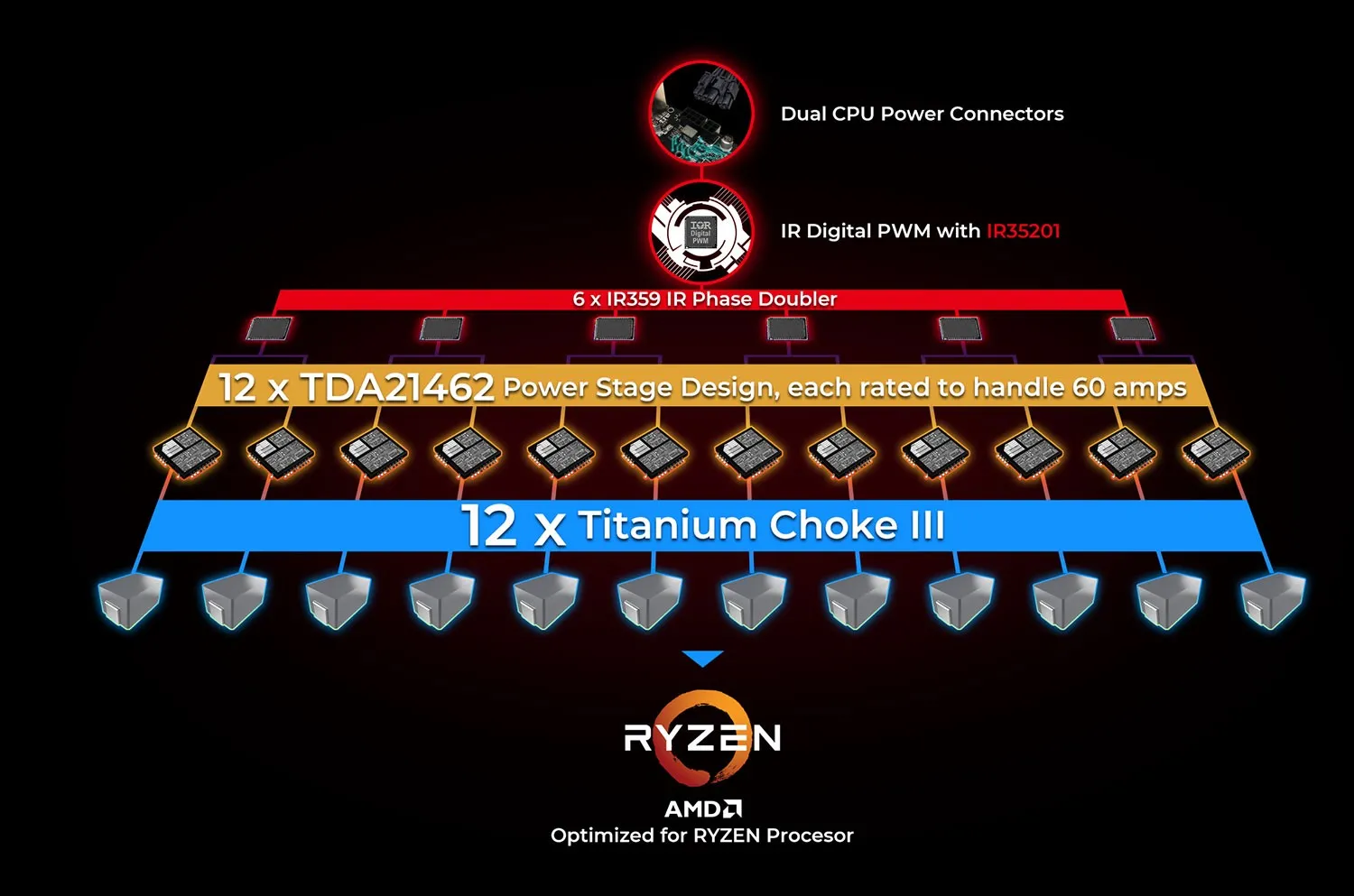


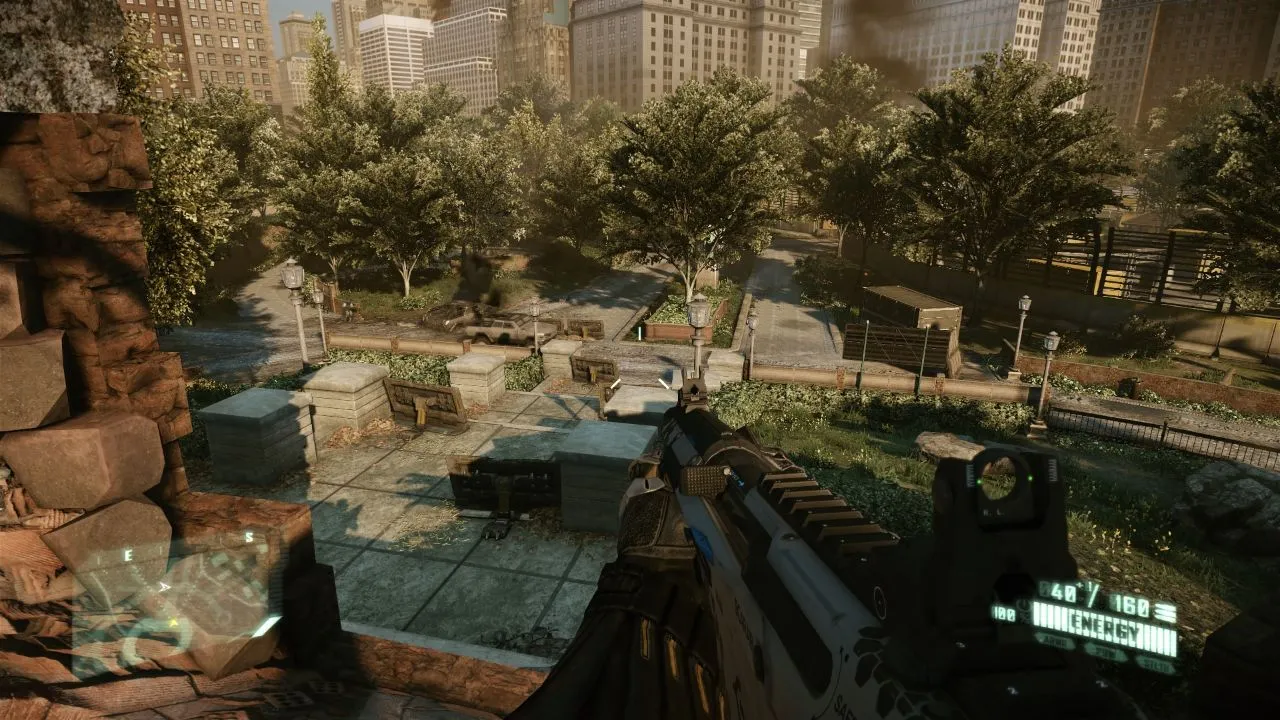

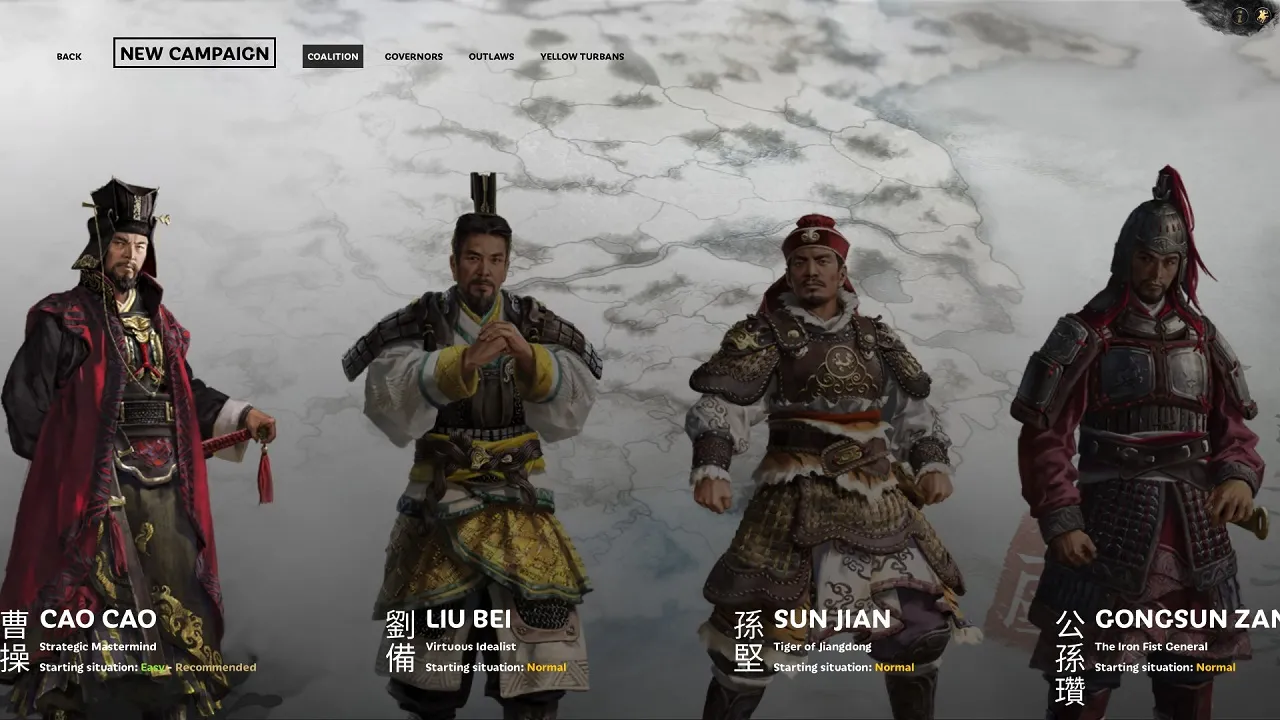

Comments (0)